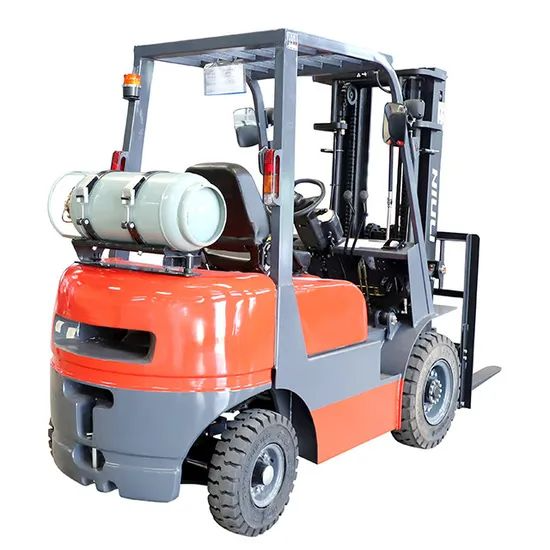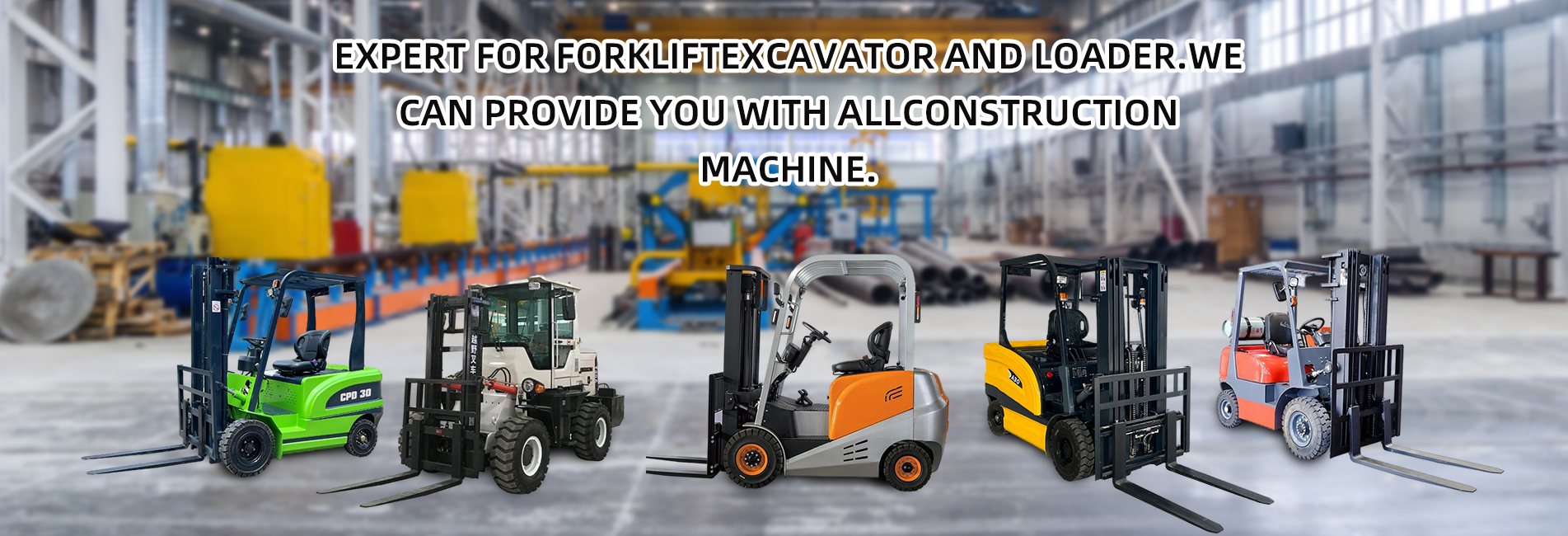LPG forklifts (liquefied petroleum gas forklifts) to some extent combine some of the advantages of electric forklifts and fuel-powered forklifts (mainly referring to diesel and gasoline forklifts), but they do not fully integrate all advantages. They also have their own unique characteristics and limitations, which can be analyzed by comparison from the following aspects:

In terms of power and operational efficiency, fuel-powered forklifts have the advantage of strong power, making them especially suitable for heavy-load, continuous high-intensity operations and capable of adapting to complex working conditions. Electric forklifts have relatively stable power output, but their performance in heavy-load and continuous high-intensity operations is relatively weak. LPG forklifts, on the other hand, have power close to that of fuel-powered forklifts and can meet the needs of medium to heavy-load operations. At the same time, they start more smoothly than diesel forklifts, with less vibration and noise during operation. This aspect is better than traditional fuel-powered forklifts but slightly inferior to electric forklifts, which operate quietly and stably.
In terms of environmental protection and usage environment, electric forklifts have zero emissions and no pollution, making them suitable for indoor places, food and pharmaceutical industries and other places with high environmental requirements. Fuel-powered forklifts emit a lot of exhaust gas and cause great pollution, so they are more suitable for outdoor operations. LPG forklifts emit fewer pollutants such as carbon monoxide and hydrocarbons than diesel forklifts, making them more environmentally friendly. They can work indoors for a short time with good ventilation. However, they still have emissions and cannot fully adapt to closed or high-cleanliness environments like electric forklifts.
Regarding fuel replenishment and endurance, fuel-powered forklifts can be refueled quickly and have long endurance, making them suitable for long-term continuous operations. Electric forklifts take a long time to charge, their endurance is limited by battery capacity, and they need to be equipped with backup batteries or charging facilities. LPG forklifts are convenient to replace gas cylinders, and the fuel replenishment time is close to that of fuel-powered forklifts, with long endurance. They solve the problem of time-consuming charging of electric forklifts and balance the advantages of both in terms of endurance and fuel replenishment efficiency.
In terms of maintenance and cost, electric forklifts have a relatively simple structure and low maintenance costs, but the cost of battery replacement is high. Fuel-powered forklifts have many maintenance components, high maintenance costs, and fuel costs are greatly affected by oil price fluctuations. The complexity of engine maintenance for LPG forklifts is between the two. Their maintenance costs are lower than those of diesel forklifts but higher than those of electric forklifts. At the same time, fuel costs are usually lower than those of gasoline and diesel. However, it is necessary to regularly replace gas cylinders and maintain the gas system.
Overall, LPG forklifts have achieved a good balance in power performance, fuel replenishment efficiency, endurance capacity and environmental protection. They combine the low-pollution and low-noise characteristics of electric forklifts and the high power and fast replenishment advantages of fuel-powered forklifts. However, they are not as good as electric forklifts in terms of complete zero emissions and adaptability to indoor high-cleanliness environments, and their performance in extreme heavy-load and harsh working conditions is slightly inferior to diesel forklifts. Therefore, they are more suitable for scenarios that need to balance power, environmental protection and operational continuity, such as logistics warehouses, ports and terminals and other semi-indoor or well-ventilated places.


